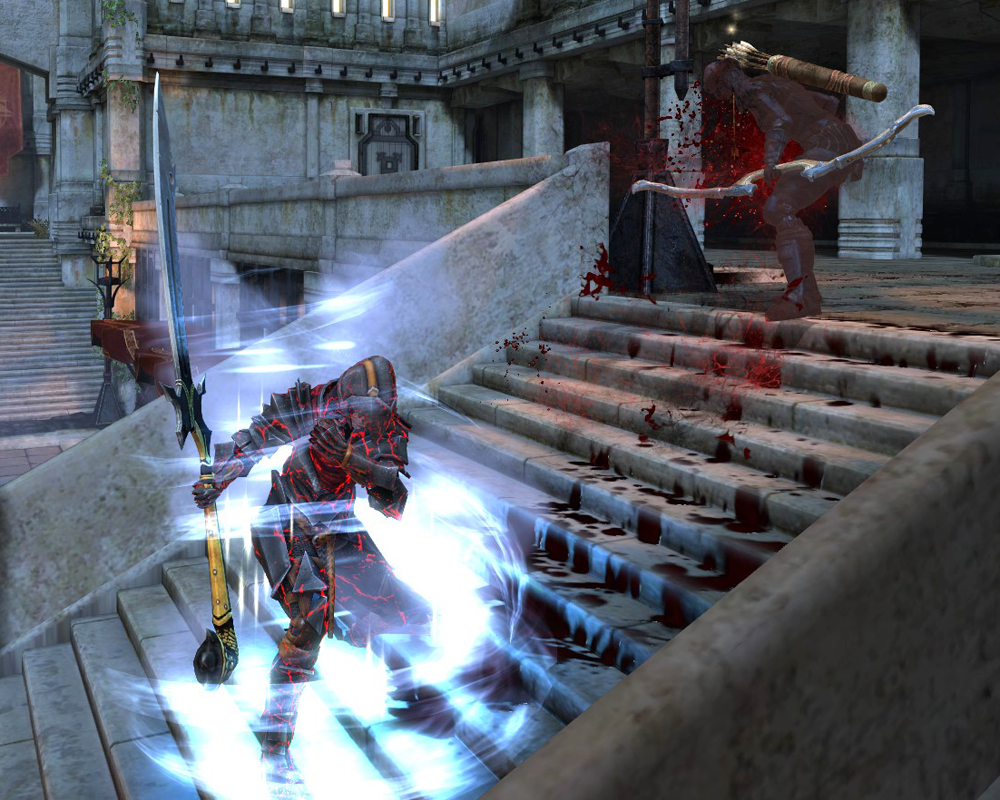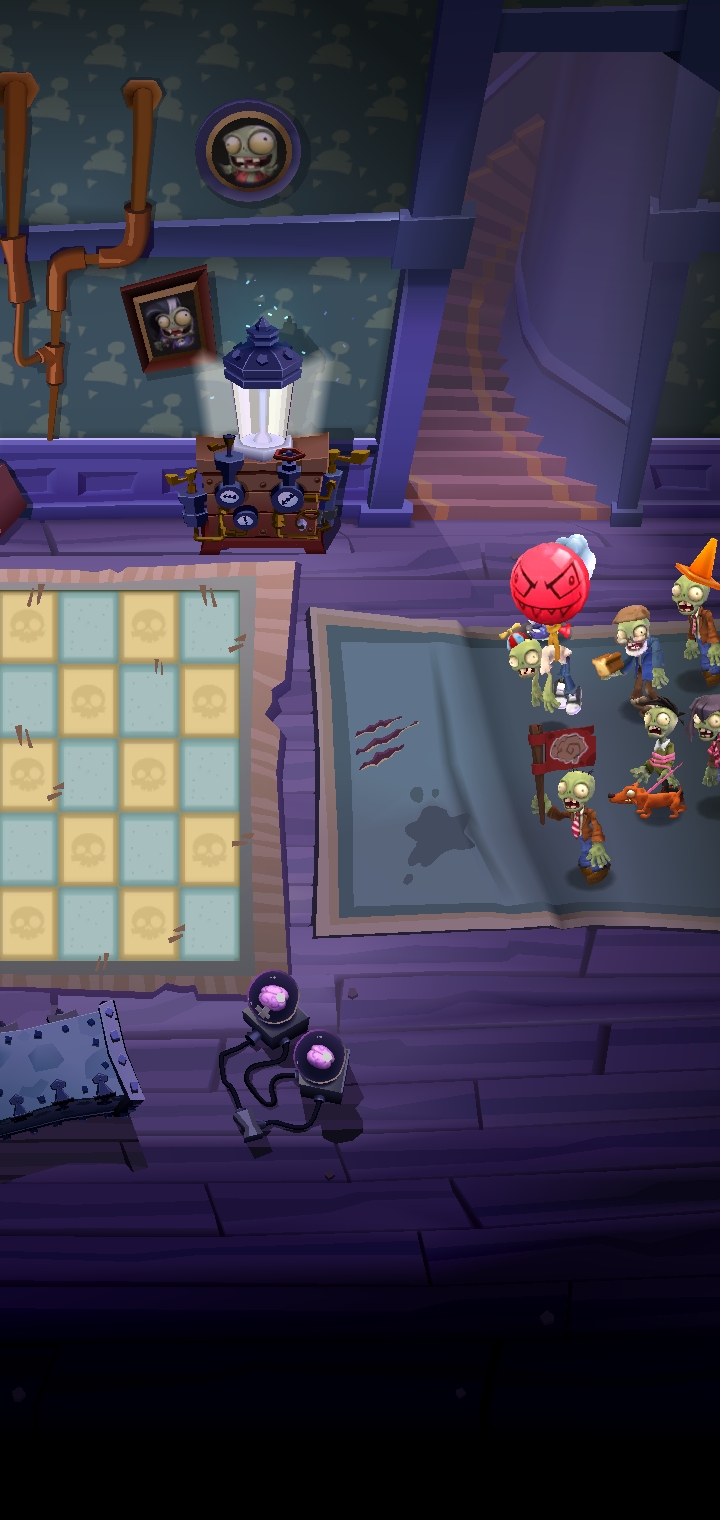

Carriers have no attack to be slowed, but their Interceptors do. Spores will not prevent an enemy unit attacking the slow effect is useful only up to the seventh spore. Spores debuff enemies in two ways: first, each Acid Spore attached to an enemy unit will increase the Cooldown of the enemy's weaponry by 1/8th of the original cooldown value. More akin to debuffing spellcasters than direct attackers, they soften tough enemies for Mutalisks to finish off. Their slow attack limits their usefulness once Acid Spores max out, but, their single-shot damage is respectable, so a group can pick off solitary Shuttles and other easy prey that wander into their range (but never build them for this purpose). Their cost leans toward minerals a breath of fresh air for a gas-starved late-game Mutalisk army.Ī Devourer's attack applies one Acid Spore, to a maximum of nine, to its target and all enemy air units within one matrix.

Their high health and armor discourage focus from enemies, and their range exceeds that of most air-to-air attacks. They find most use defensively and in final battles. Though faster than Guardians, they still move slowly faster units outmaneuver them. Air units tend to cluster, making Devourers powerful in large-scale air battles, particularly against capital ships, whose heavy armor suffers from the Acid Spores. They pair well with Mutalisks, whose attack bounces three times.

It deals slow single-target damage, but its attack splashes and applies a debuff called Acid Spores. As an expensive, powerful anti-air support unit, it rarely fits the meta Zerg rarely tech up and pursue air superiority. The Devourer is a rarely-seen Hive-tech air-to-air unit that requires a Greater Spire to morph from a Mutalisk.


 0 kommentar(er)
0 kommentar(er)
